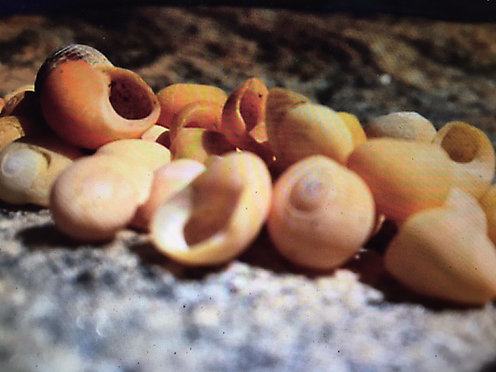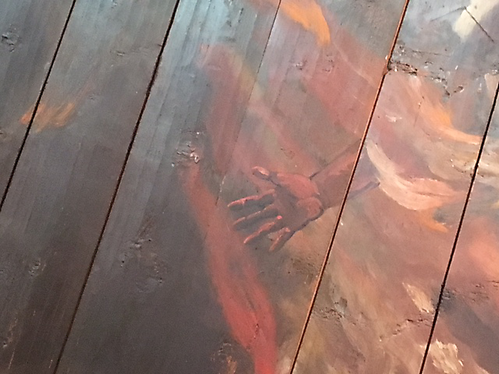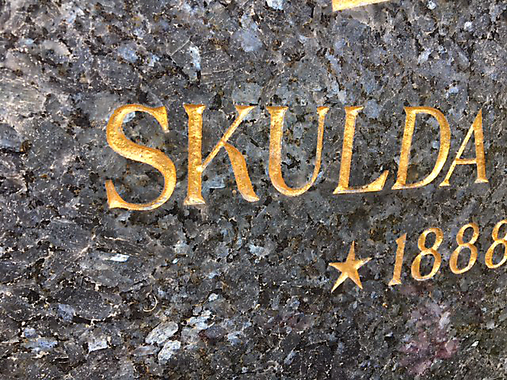I have moved through a sensory awareness of thinking, mattering and meaning-making for the sake of vocal expression. Images have been sedimented and placed as variations and ornaments in a similar way as a practicing musician would have done in a rehearsal situation. The stories of SKULDA and JEREMIAH have allowed me to intra-actively play freely with words and their irrational contexts Always in relation to thoughts and theories. As a concluding remark I can confirm that a process is about moving through mattering; it is about senstivity for relationary moments when light appears and suddenly everything becomes chrystal clear. The practie-led art of singing can be straight forward, but also, as this intra-acting exposition suggests, its can be a messy and irrational practice constructed through entangled contradictions and artistic absurdities. At this point I can only say: allow this exposition to inspire your curiosity for the im/possibilites of vocality and for further research into vocal experiences and vocal expression.
-
contents
- Ornamenting Vocality: Intra-active Methodology for Vocal Meaning-Making
- Manuscript
- Non-existing voice
- A voice about to touch...
- A voice already sounding in the head of the author
- A non/voice being part of a never ending development of new materialists
- An ethico-onto-epistemological voice
- A voice as mattering method
- VOICES
- Elisabeth Laasonen Belgrano
-
navigation
-
abstract
This exposition departs from the silence of a non-existing voice. A voice about to touch the ears and eyes of both author and readers/listeners. A voice already sounding in the head of the author - sounding as thoughts, words, letters and sentences. A non/voice being part of a never ending development of new materialities. An onto-epistemological voice diffracted through a singer's process of making sense of a lesson from a 17th century vocal manuscript. A voice as a mattering method for the art of singing through new materialist theories, vocal and discursive narratives and somatic awareness.
- Elisabeth Laasonen Belgrano - Ornamenting Vocality. Intra-active methodology for Vocal Meaning-Making. - 2018
- Meta
- Comments
- Terms










